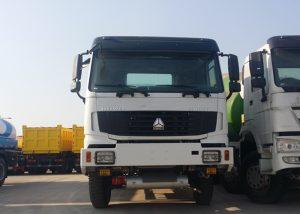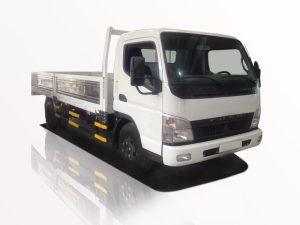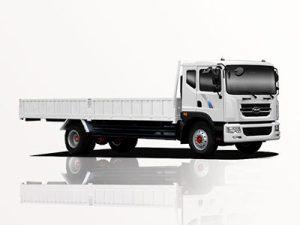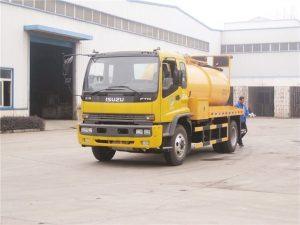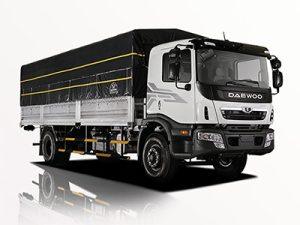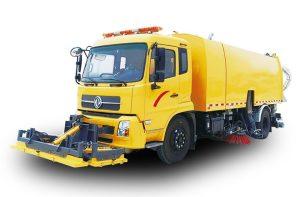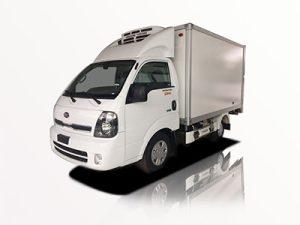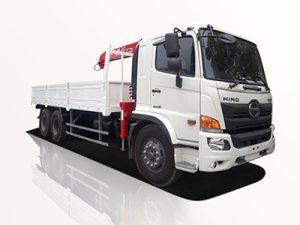Monday to Saturday - 8:00 -17:30
What’s the Difference Between a Crew Cab and Extended Cab?
Introduction
When shopping for a pickup truck, one of the most common considerations is the cab type. Two prominent options you’ll encounter are the crew cab and the extended cab. Both configurations are designed to provide additional passenger space compared to a standard cab, but they have distinct differences that cater to diverse needs. In this comprehensive guide, we will explore these differences in detail, helping you make an informed decision based on your requirements. We will cover dimensions, seating capacity, practical uses, and much more to help you understand what’s the difference between a crew cab and extended cab.
Understanding Cab Types
What is a Crew Cab?
A crew cab is a popular configuration among pickup trucks characterized by a full-size rear seating area. Typically, a crew cab has four full-sized doors, allowing easy access to both the front and rear seats. This design maximizes passenger space and comfort, making it an excellent choice for families or those who often travel with multiple passengers.
What is an Extended Cab?
The extended cab, on the other hand, is a mid-sized solution that provides extra seating space compared to a standard cab. This configuration usually features two full-sized doors in the front and smaller rear-hinged doors or access points at the back, which can make accessing rear seats a bit more challenging. The extended cab is suitable for those who occasionally need extra space without the full commitment to a larger crew cab.
Key Differences Between Crew Cab and Extended Cab
1. Seat Capacity
The most significant difference is the seating capacity. A typical crew cab can comfortably seat 5 to 6 passengers, thanks to its spacious rear seats. In contrast, an extended cab can usually accommodate 4 to 5 passengers, with limited space in the rear seat area that may not be suitable for adult passengers on longer trips.
Table: Seating Capacity Comparison
| Cab Type | Type of Doors | Typical Seating Capacity |
|---|---|---|
| Crew Cab | 4 Full-sized Doors | 5-6 People |
| Extended Cab | 2 Full-sized, 2 Smaller Doors | 4-5 People |
2. Space and Comfort
With its larger dimensions, the crew cab typically offers more legroom and headroom for rear passengers. The extended cab’s smaller rear area can feel cramped, especially for adult passengers. If you plan to transport passengers regularly, the crew cab might suit your needs better in terms of comfort.
3. Cargo Space
While the crew cab generally has a larger passenger space, it may come with slightly less cargo space compared to an extended cab, depending on the truck model. It is essential to consider the balance between passenger and cargo requirements based on your lifestyle.
4. Interior Amenities
Most modern crew cabs come equipped with more advanced interior amenities, including larger infotainment systems, upgraded sound systems, and additional comfort features such as leather seating. Extended cabs, being more utilitarian, might have more basic features, especially in lower trims.
5. Price Differences
Generally speaking, crew cabs tend to be priced higher than extended cabs due to their larger size and added features. The exact price difference will depend on the make, model, and trim level of the specific truck.
6. Usage Scenarios
When deciding between a crew cab and an extended cab, consider how you plan to use your truck. The crew cab is ideal for families, work crews, or anyone needing to transport multiple passengers regularly. On the other hand, an extended cab may be sufficient for those who don’t need frequent back seat access and prioritize cargo space over passenger comfort.
Practical Examples
Best Uses for Crew Cabs
If you regularly carpool, have a large family, or often receive friends or clients, a crew cab is the better choice. Trucks such as the Ford F-150 Crew Cab and Chevrolet Silverado Crew Cab offer ample space, comfort, and state-of-the-art features suited for various lifestyles.
Best Uses for Extended Cabs
For tradespeople who primarily transport tools and gear but occasionally need to give someone a lift, the extended cab can be ideal. Models like the Toyota Tacoma Extended Cab offer versatility and practicality, making it a popular choice among contractors and outdoor enthusiasts.
Factors to Consider When Choosing
1. Family Size and Passenger Needs
Consider the number of people you typically transport. If you frequently drive with family or friends, opt for the crew cab. If you require occasional space for passengers, an extended cab may suffice.
2. Frequency of Cargo Transport
Assess your loading needs. Do you often carry heavy cargo? If so, consider the extended cab for its slightly larger bed space or opt for crew cab models that provide adequate cargo capacity.
3. Budget
Always consider your budget. The crew cab might offer more value in seating space but comes at a higher price point. Evaluate your finances and decide what is most important to you.
4. Drive Style
How do you plan to use the truck? If you envision off-roading or using it for towing, research specific models’ towing capabilities and cabin configurations to match your needs.
Maintenance Considerations
1. Cost of Maintenance
The maintenance costs may vary slightly between crew and extended cabs due to their size, with crew cabs potentially incurring higher insurance premiums due to their greater value. Be sure to consider this aspect when budgeting.
2. Availability of Parts
Specific parts may be more accessible for popular crew cab models due to the high demand, ensuring that you can service your vehicle quickly and effectively.
FAQ Section
1. Which is better for families: crew cab or extended cab?
Typically, a crew cab is better for families as it offers more passenger space and comfort, making longer drives more enjoyable.
2. Can an extended cab fit car seats?
Yes, extended cabs can fit car seats, but access to the rear seats may be more challenging compared to a crew cab. Ensure the seating arrangement accommodates your needs.
3. Do crew cabs have more cargo space than extended cabs?
While crew cabs offer spacious passenger areas, they can sometimes have slightly less cargo space compared to extended cabs, depending on the truck model. Always check the specifications of the specific vehicles you are considering.
4. Are crew cabs more expensive than extended cabs?
Generally, crew cabs are more expensive than extended cabs due to their larger size and additional features, but this can vary by manufacturer and model.
5. Which type is better for work-related purposes?
Your choice depends on your specific work needs. If you often transport clients or coworkers, a crew cab is best. However, if you mostly need space for tools and gear, an extended cab may be ideal.
6. Does cab size affect towing capacity?
Cab size can affect truck options for towing; typically, trucks with a crew cab can still tow heavy loads, but always refer to the manufacturer’s towing specifications for exact figures.


